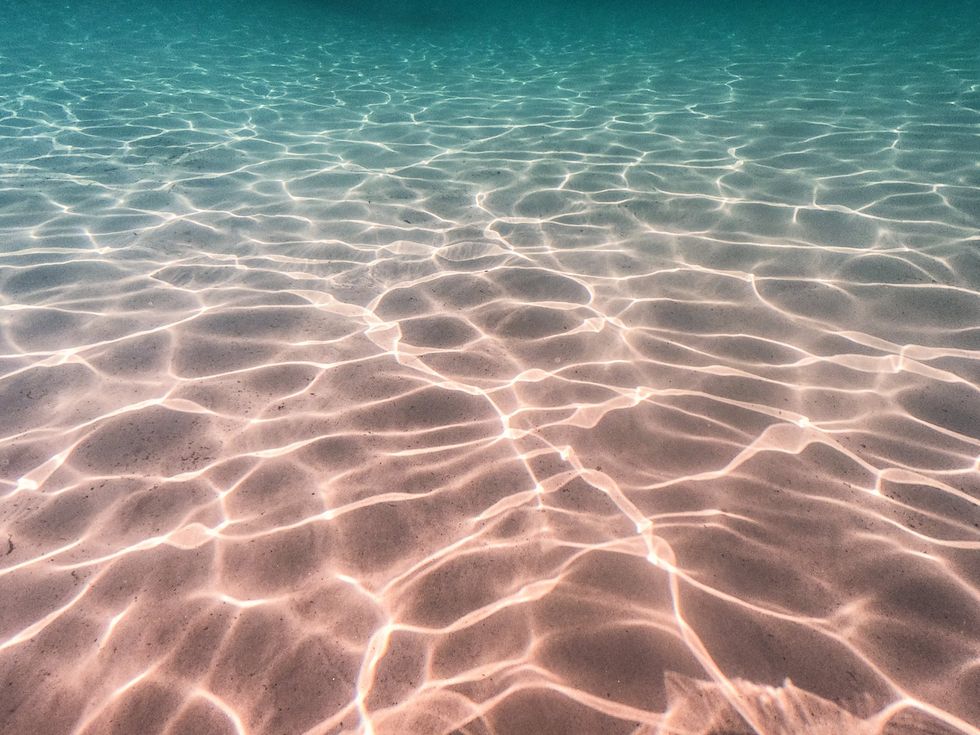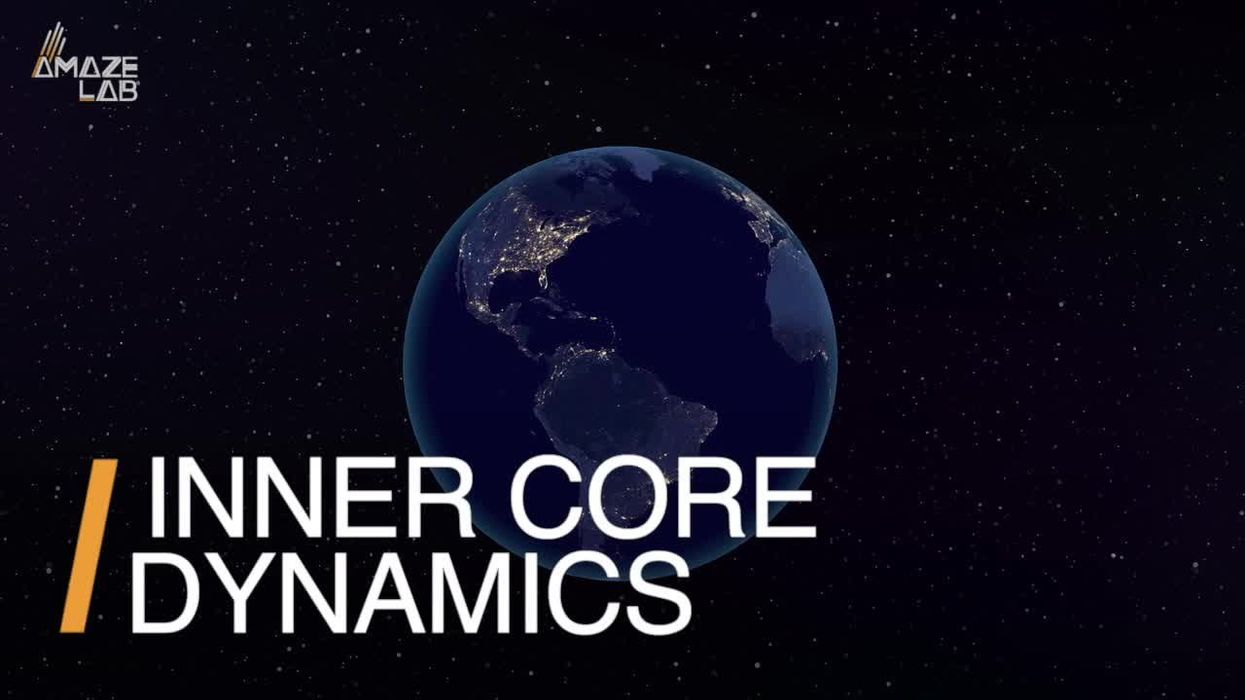Science & Tech
Harry Fletcher
Aug 31, 2025
Could The Earth’s Inner Core Change the Length of Each Day?
ZMG - Amaze Lab / VideoElephant
We’re often so focused on looking out to space when it comes to the next big scientific discoveries, but how often do we think of what’s beneath our feet? The Earth’s crust, it turns out, is full of surprises – and a new discovery is changing everything we know about it.
Scientists have discovered that enormous chunks of the Earth are completely upside down, and it’s challenging the fundamental truths about geology that we thought we knew.
New research into mysterious formations under the North Sea could re-write our basic understanding of the Earth’s crust, and it’s all thanks to experts from the University of Manchester.
Huge sand formations have been uncovered using 3D sound wave technology. These formations have been observed pushing downwards and moving older materials below them that aren’t as dense.
That might not sound like the most groundbreaking (quite literally) discovery, but it re-writes a fundamental understanding of geological processes.

The newly observed formations go against the typical sequencing, which normally sees new rocks form above older formations.
And these new formations aren’t small, either – some measure a number of kilometres across, and there’s hundreds of them, and they’re the biggest of their kind ever observed.
Lead researcher Professor Mads Huuse from The University of Manchester went into detail about the new observations in the Communications Earth & Environment journal [via a University of Manchester release].
He said: "This discovery reveals a geological process we haven't seen before on this scale. What we've found are structures where dense sand has sunk into lighter sediments that floated to the top of the sand, effectively flipping the conventional layers we'd expect to see and creating huge mounds beneath the sea."
While they’re newly discovered, these formations pushing downwards are believed to have been formed during the Late Miocene to Pliocene periods.
Prof Huuse went on to say: "This research shows how fluids and sediments can move around in the Earth's crust in unexpected ways. Understanding how these sinkites formed could significantly change how we assess underground reservoirs, sealing, and fluid migration - all of which are vital for carbon capture and storage".
As well as being unprecedented, the new discoveries could have much wider implications for geological study as experts could soon be better informed when it comes to predicting where oil and gas could be trapped underground.
Prof Huuse added: "As with many scientific discoveries there are many skeptical voices, but also many who voice their support for the new model. Time and yet more research will tell just how widely applicable the model is."
"This discovery reveals a geological process we haven't seen before on this scale," says geophysicist Mads Huuse of the University of Manchester.
Why not read…
- You probably don’t know this about the Earth's structure – and museums get it wrong too
- A chunk of the Earth's crust is missing and scientists have discovered where it is
- Massive ocean discovered beneath the Earth's crust containing more water than on the surface
How to join the indy100's free WhatsApp channel
Sign up to our free indy100 weekly newsletter
Have your say in our news democracy. Click the upvote icon at the top of the page to help raise this article through the indy100 rankings.
Top 100
The Conversation (0)














